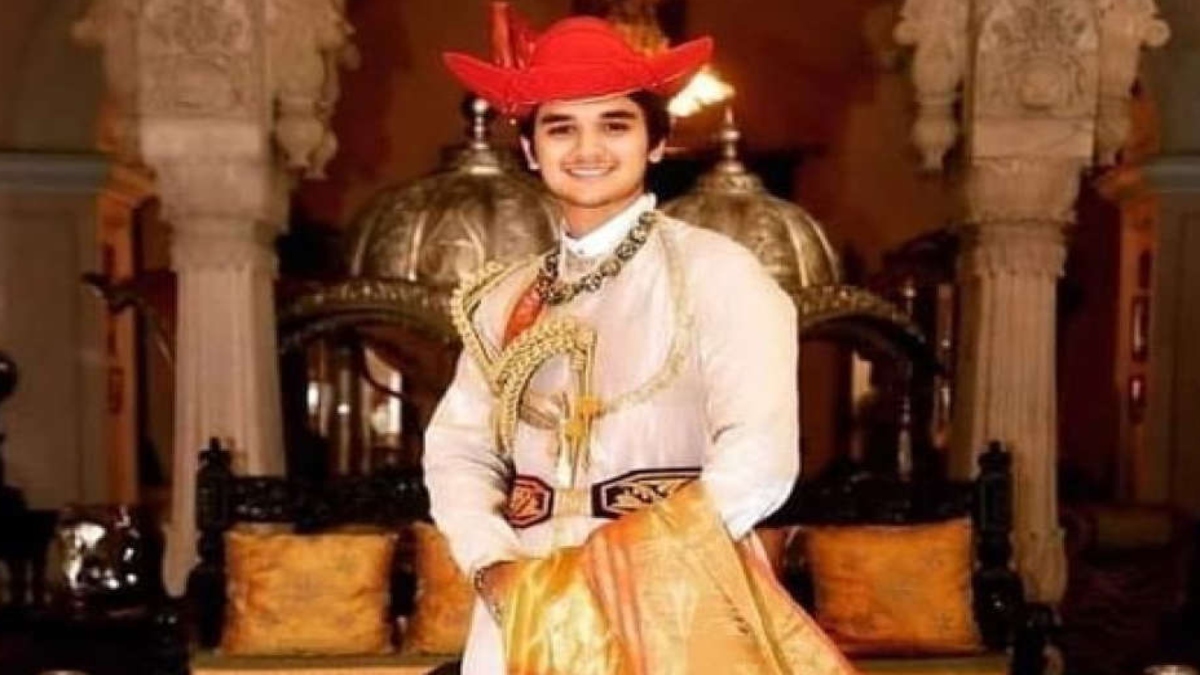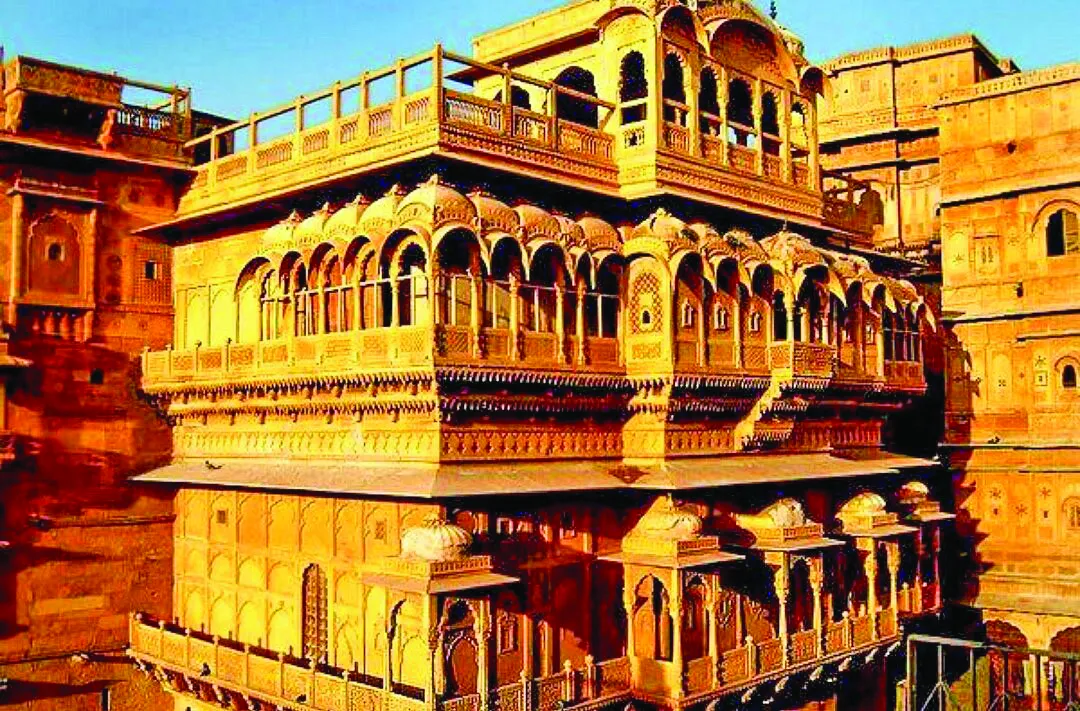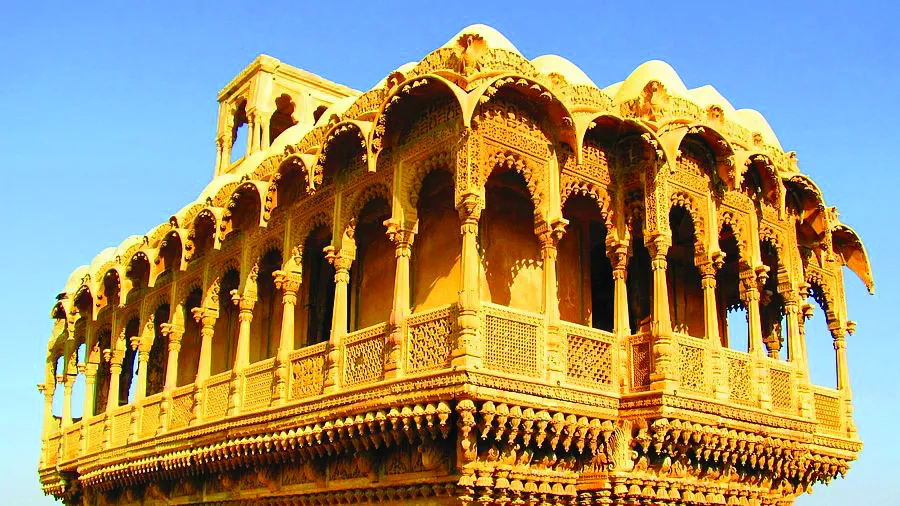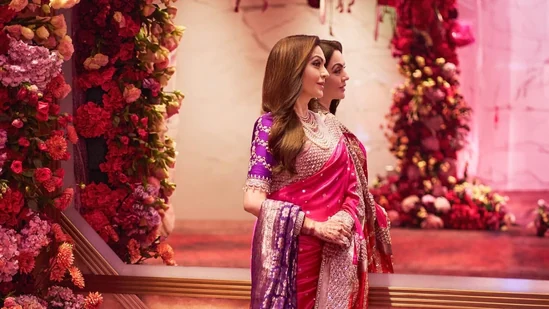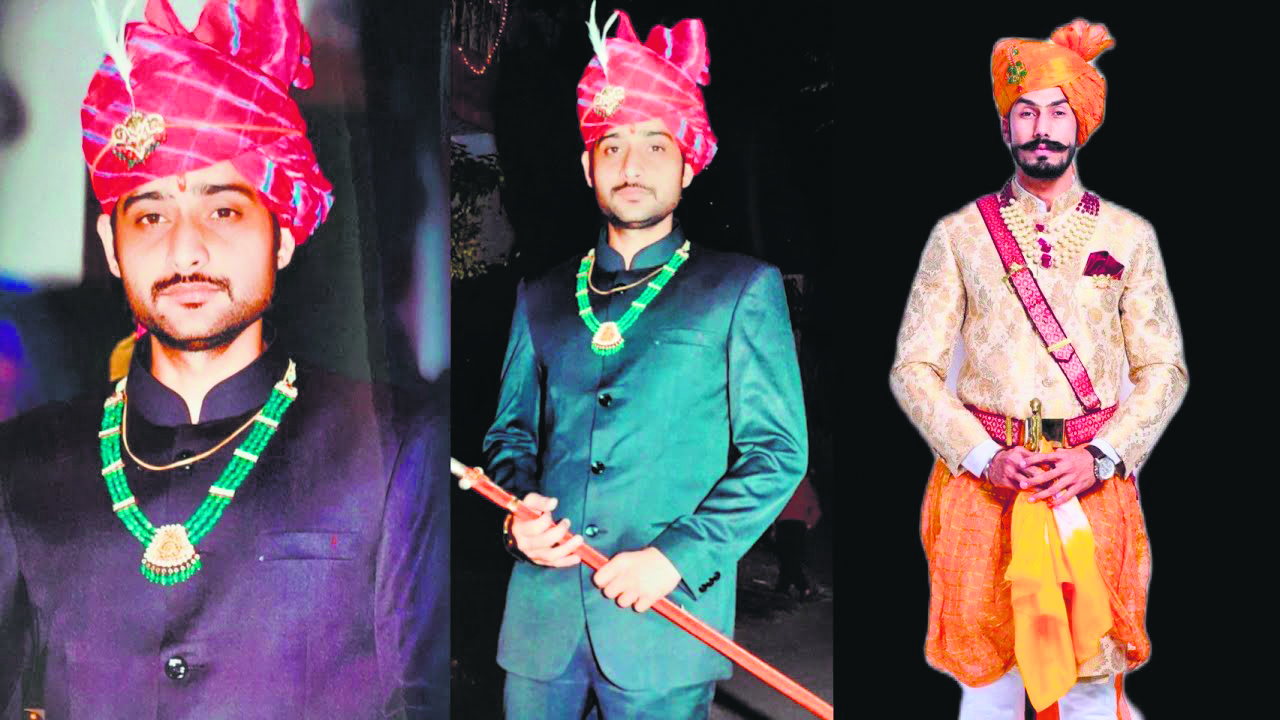Gun salutes are one of the many ways to add adulation to a state’s honour. It was a practice formed by the British for their queen and later brought into India to define the hierarchy of importance for the Indian Princely states. The story of the 21 gun salute goes back over 150 years. The gun salute system of recognition was first instituted during the time of the East India Company in the late 18th century and continued under direct Crown rule from 1858. During the durbar of 1877, a new order was issued by the Viceroy, on the advice of the British government in London, whereby the gun salute for the British monarch was fixed at 101 and for the Viceroy of India, 31. All Indian rulers were arranged in hierarchies of 21, 19, 17, 15, 11, and 9 gun salutes.
 Prince Azmet Jah, Princess Shehkar Jah with Prince Mukarram Jah
Prince Azmet Jah, Princess Shehkar Jah with Prince Mukarram Jah Aryama Scindia
Aryama Scindia Ajatshatru Kashmir
Ajatshatru Kashmir Maharaja Yaduvir Wadiyar and Maharani Trishika Kumari
Maharaja Yaduvir Wadiyar and Maharani Trishika Kumari

The Maharaja and Maharani of Kashmir Jiwaji Rao Scindia
Jiwaji Rao Scindia
Jiwaji Rao Scindia

Maharani Radhikaraje

Princess Esra

Prince Mukarram Jah, the last Nizam

Maharaja Ranjit Sinh
The 1911 Durbar proved to be not only a spectacle for the eyes but also a din for the ears. With more than one hundred Indian rulers attending, the canons were firing almost the entire day. Only three princely states were given the highest honour of 21 gun salutes: The Maharaja Gaekwad of Baroda State, the Maharaja of Mysore and the Nizam of Hyderabad. The name of the Maharaja Scindia of Gwalior was added in 1917, and the Maharaja of Jammu and Kashmir in 1921. These gun salutes came to be such a dominant and defining indicator of status that the princely states whose rulers were accorded gun salutes came to be referred to as the ‘salute states’. At the time of Independence, there were about 118 salute states among the 565 in our country. The system of salute states continued until 1971 when privy purses were abolished. Let’s find out about the five states that deserved a 21-gun salute during the Raj era.
Hyderabad: By the time of its annexation, Hyderabad was the largest and most prosperous among all the princely states. It covered 82,698 square miles (214,190 km) of fairly homogeneous territory and had a population of roughly 16.34 million people (as per the 1941 census). Hyderabad state had its own army, airline, telecommunication system, postal system, railway network currency and radio broadcasting service. The famous mines of Golconda were the major source of wealth for the Nizams, with the Kingdom of Hyderabad being the only supplier of diamonds for the global market in the 18th century. Global citizens in the true sense the Nizam, residing in Australia has family spread all over the world. Princess Esra his first wife is singularly responsible for the restoration of the two majestic palaces Chomahalla and Falaknuma
The Princely state of Jammu, Kashmir & Ladakh: A hill kingdom it was larger in size than Great Britain and far more pristine and rich in its natural resources. One of the five 21 gun salute states, it was ruled by the Dogra kings, its last titular King, Maharaja Hari Singh. His son, the erudite Maharaja Dr Karan Singh ably took over the mantle of the spiritual, philosopher king who held positions of power and responsibility in democratic India. Before the creation of the princely state, Kashmir had been ruled by the Durrani Empire it was then taken over by the Sikhs under Ranjit Singh. During Sikh rule, Jammu had been a tributary of the Sikh Empire in the Punjab region, but after the death of its Raja, Kishore Singh, Dogra, in 1822 his son Gulab Singh was recognised by the Sikhs as being his heir. He then began expanding his kingdom.
As ruler Jammu Gulab Singh took over Bhadarwah then Kishtwar. Taking over Kishtwar meant that Singh had now gained control of two of the roads that led into Ladakh which allowed him to take control of that territory. Although there were huge difficulties, due to the mountains and glaciers, the Dogras under Gulab Singh’s officer, Zorawar Singh managed to conquer the whole of Ladakh.
Baroda: A Maratha state it was marked by progressive actions under Sayajirao III who played a key role in the development of Baroda’s textile industry, and his educational and social reforms included among others, a ban on child marriage, legislation of divorce, removal of untouchability, spread of education, development of Sanskrit, ideological studies and religious education as well as the encouragement of the fine arts.
His economic development initiatives included the establishment of a railroad and the founding in 1908 of the Bank of Baroda. His rich library became the nucleus of today’s Central Library of Baroda with a network of libraries in all the towns and villages in his state. He was the first Indian ruler to introduce, in 1906, compulsory and free primary education in his state, placing his territory far in advance of contemporary British India
In 1911, Baroda State spanned 3,239 km2 (1,251 sq mi) and was very wealthy. The diamond necklace, which contained the Star of the South diamond, was a part of a royal collection worth US$10,000,000 at the time, housed in the Nazarbaug Palace(built 1721) in Baroda city; another important part of the collection was a cloth embroidered with precious stones and seed pearls, made to cover the tomb of Mohammad.
Mysore: Founded before 1350, though it was in existence since about 350AD when the Western Ganga Dynasty ruled this area. They were eventually
displaced in 1024 by the Hoysala Dynasty till 1346. Sometime thereafter, the two brothers Vijaya and Krishna settled themselves in two fortresses of the Hadana region, initially vassals of the Hindu Vijayanagar Empire and became the founders of the Wadiyar dynasty. In the 16th century, Hiriya Bettada Chamaraja III gave the fortress of Puragarh to one of his three sons, Appana Timmaraja II who named the place Mahishasura. The name was transformed to Maisur or Mysore and this kingdom became independent in 1565 when the Vijayanagar Empire. The Wadiyar Maharajas ruled Mysore right until 1950 and were accorded the status of 21 gun salute. The Kingdom of Mysore (/maɪˈsɔːr/) was one of the three largest princely states within the former British Empire of India. Upon India’s independence from Britain in 1947, Maharaja of Mysore Jayachamarajendra Wodeyar signed the instrument of accession, incorporating his realm with the Union of India, on 15 August 1947. The territories of the erstwhile princely state of Mysore were then reconstituted into a state within the Union of India.
Gwalior: Situated in Madhya Pradesh was the largest state in the Central India Agency, under the political supervision of a Resident at Gwalior. It was ruled by the House of Scindia, a Hindu Maratha dynasty and was entitled to a 21 gun salute when it became a princely state of the British Empire After Indian Independence in 1947, the Scindia rulers acceded to the new Union of India, and Gwalior state was absorbed into the new Indian state of Madhya Bharat.
The dynasty was founded by Ranoji Sindhia, who in 1726 was put in charge of the Malwa region by the Peshwa (chief minister of the Maratha state). By his death in 1750, Ranoji had established his capital at Ujjain. Only later was the Sindhia capital moved to the rock fortress of Gwalior. Probably the greatest of Ranoji’s successors was Sindhia Mahadaji (reigned 1761–94), who created a north Indian empire virtually independent of the Peshwa. He emerged from the war with the British East India Company (1775–82) as the recognised ruler of northwestern India.
In the politics and progress of Indian democracy as well the Scindia’s have been at the forefront, participating both at the levels of the central and regional governments. A journey that began with Rajmata Vijaya Raje Scindia has seen statesmen taking the family’s laurels forward. A progressive state known for its patronage of the arts, architecture and culture, the Scindias are also behind social reforms and the upliftment of women.

